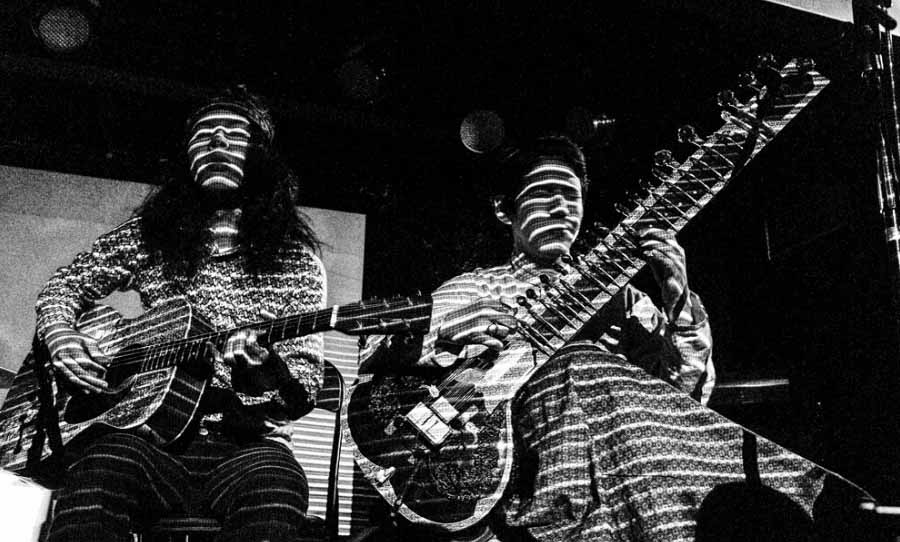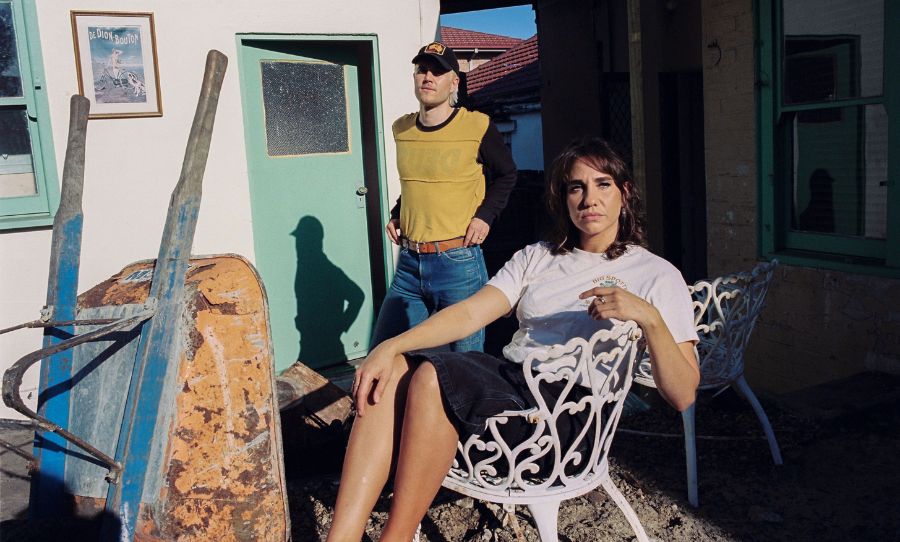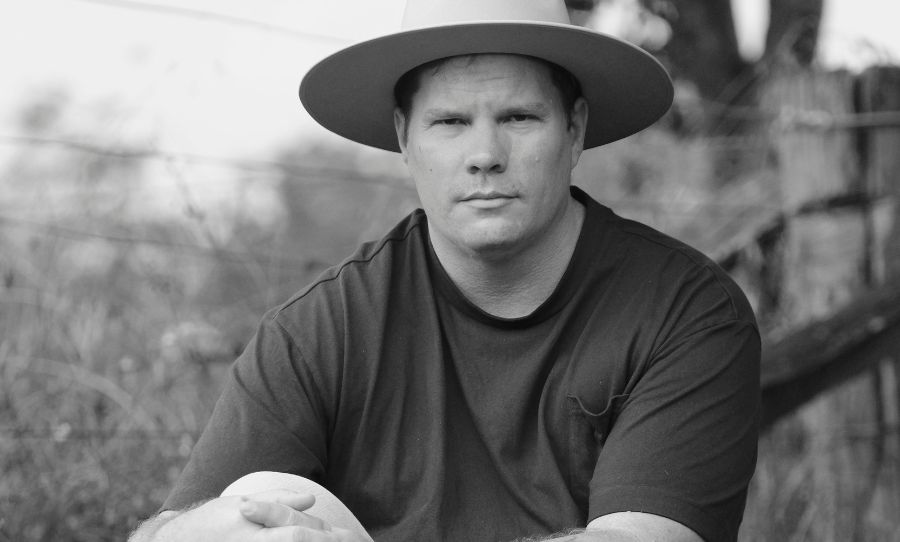If you’re a fan of Australian music, chances are you’re already familiar with the photography of Jamie Wdziekonski – aka SUB-LATION. For the past few years, the Melbourne-based photographer has shot a seemingly endless list of bands, including King Gizzard & The Lizard Wizard, Amyl & The Sniffers, Tropical Fuckstorm, and Kikagaku Moyo.
So we caught up with Wdziekonski to chat about how he got involved with these bands, his entry into music photography, and the importance of capturing a moment in time.
This article appears in print in Happy Mag Issue 10. Grab your copy here.
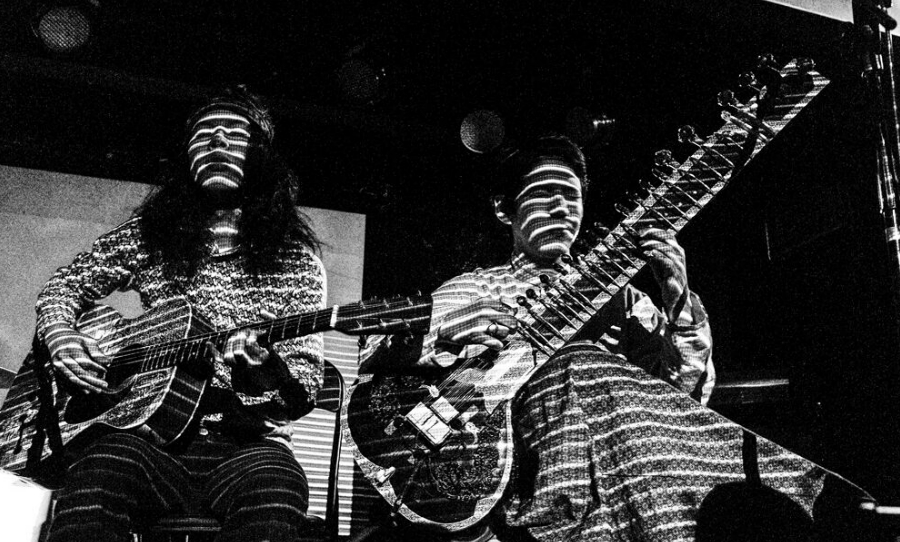
“We can only ever truly be liberated once everyone is equal. That’s the only way we can ever move forward right?“: Jamie Wdziekonski chats equality, the importance of capturing a moment, and doing mushrooms at a Black Angels gig.
HAPPY: Hey man, how’s it going? What are you working on at the moment?
WDZIEKONSKI: It’s going good thanks man. I’m working on a couple of zines and also a 5 year retrospect exhibit/photobook at the moment in between my day job. Going to a fair few gigs too.
HAPPY: Oh sweet, what are you doing for your day job?
WDZIEKONSKI: I recycle garbage…
HAPPY: That’s awesome! Do you think that influences your photography in any way?
WDZIEKONSKI: It makes me appreciate the time I get away from it hey. It also funds a lot… not everything… but the majority of my work and travels come out of my day job. They’re pretty cool with me leaving for tours and coming back… which is rare to find.
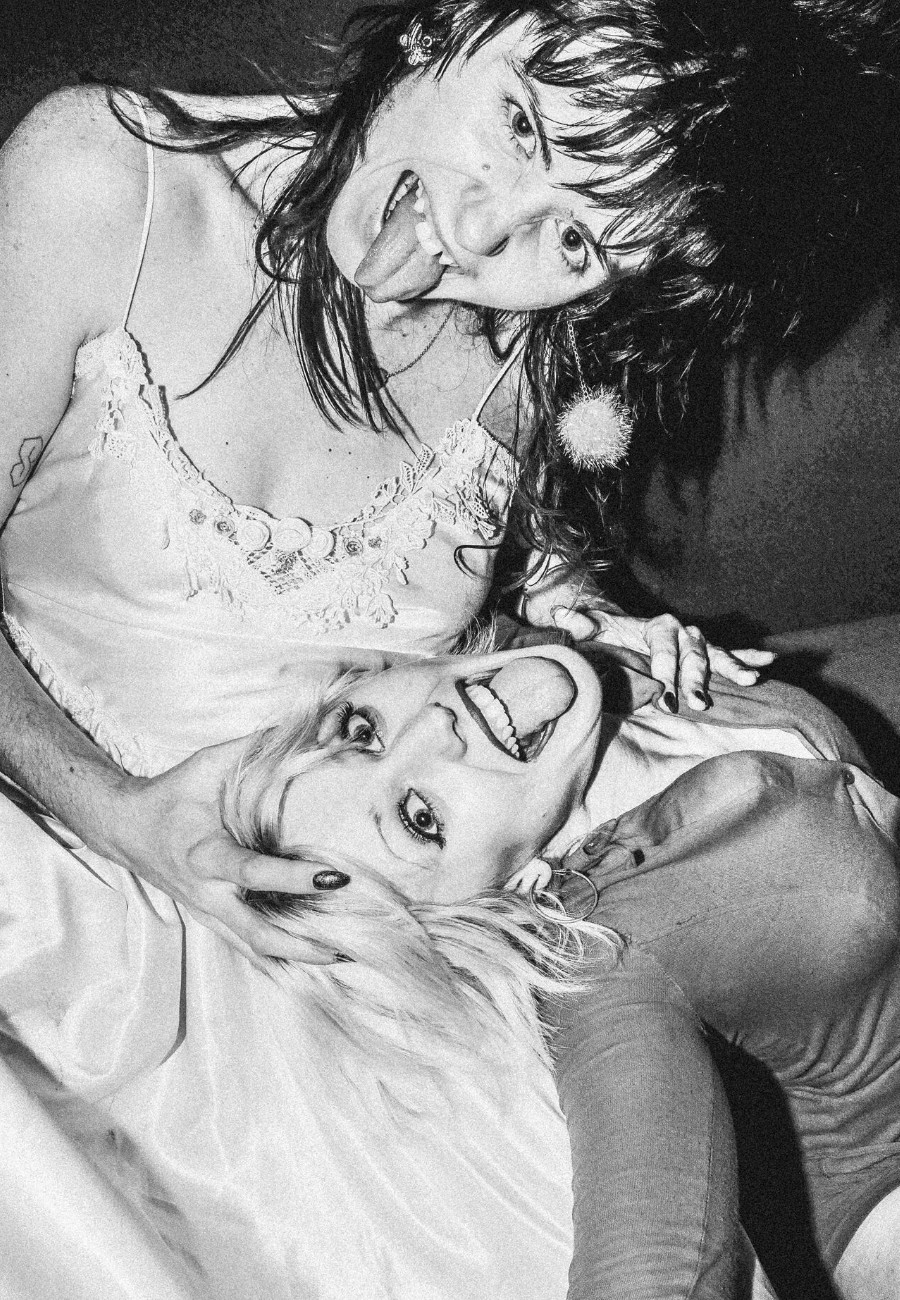
HAPPY: Yeah that is pretty rare. Has it always been photography for you? Or have you dabbled in other mediums?
WDZIEKONSKI: Yeah it’s always been photos for me. I made one video for King Gizzard & The Lizard Wizard years ago but even that was stop motion photos – I’d like to get more into it. I’ll also be doing some video work soon with poet/spoken word artist Laniyuk who’s work I’ve posted on my Instagram before. It’s incredibly powerful and important stuff!
HAPPY: What drew you to photography when you were first starting out?
WDZIEKONSKI: It was the only thing I got told I was good at in high school… I guess just having a memory of a moment in time. It’s easy to forget things… especially little details, but a photo has the ability to take you right back to that moment. It could even help you remember things you might have forgotten.
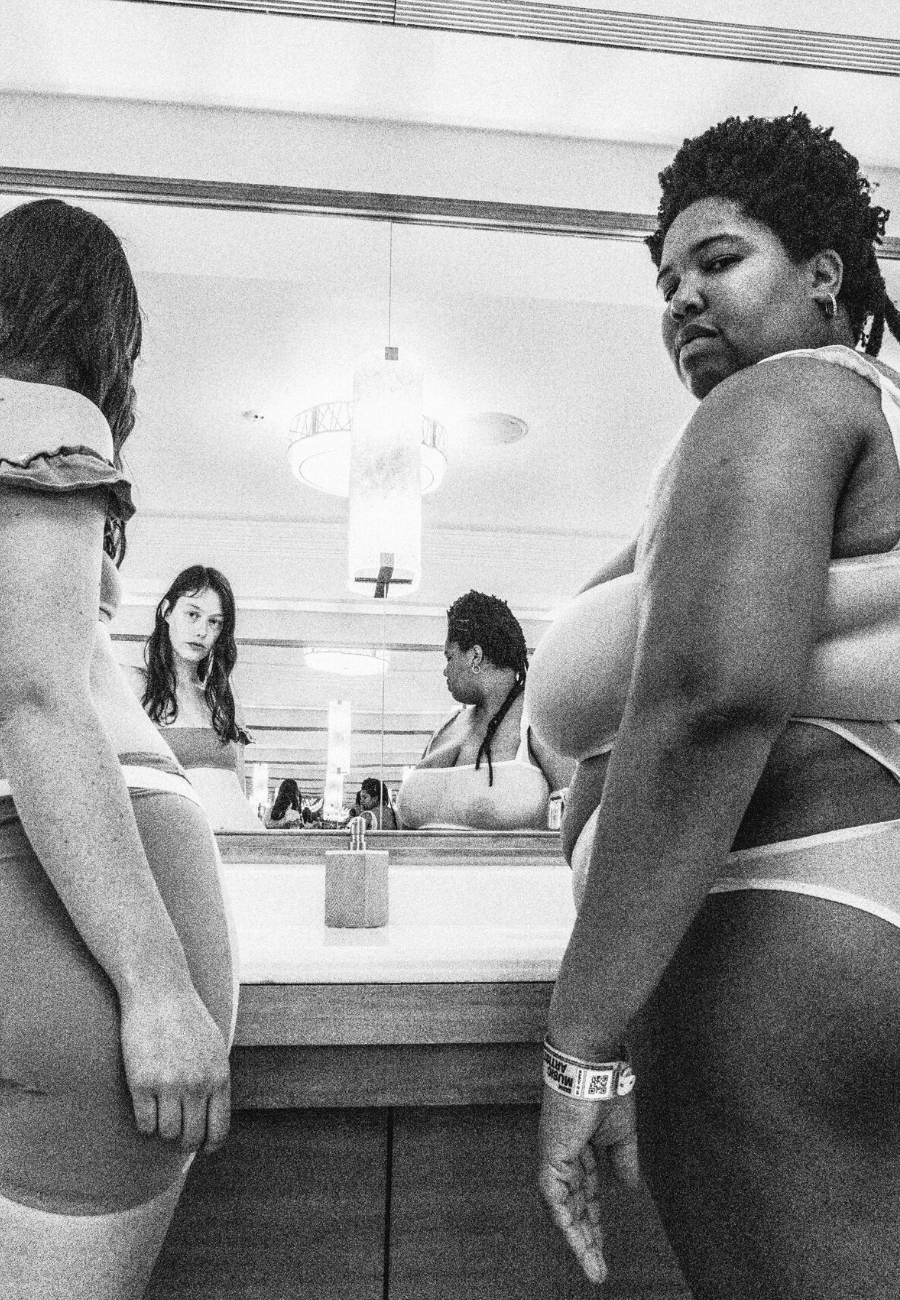
HAPPY: Did you start out shooting bands? Or did you start out shooting other things?
WDZIEKONSKI: Nah I’ve been shooting bands for five and a bit years now. I started out in fashion photography. It was a very lame time in my life looking back…
HAPPY: Why’s that? Fashion photographers always seem so boss…
WDZIEKONSKI: There’s heaps of incredible fashion photographers. It just wasn’t an industry I felt I really fit into. I did love contributing to Olivier Zahm’s Purple Diary though.
HAPPY: Was there a specific point when you decided not to work in that particular field anymore?
WDZIEKONSKI: Yeah it was basically when the label I was doing PR/online media stuff for couldn’t afford to pay me any more… I had worked in fashion for about 5 years by that point and all I had to show for it was a few expensive leather jackets and a huge credit card bill because I had to buy groceries and pay bills on credit. I got a cafe job for the first time in my life (not that there’s anything wrong with that) but it really flipped a lot of stuff on its head for me at the time. I went from one extreme lifestyle to something completely different and new. I got onto psychedelic rock around the same time and I just ran with it. I’m a real late comer to good music…
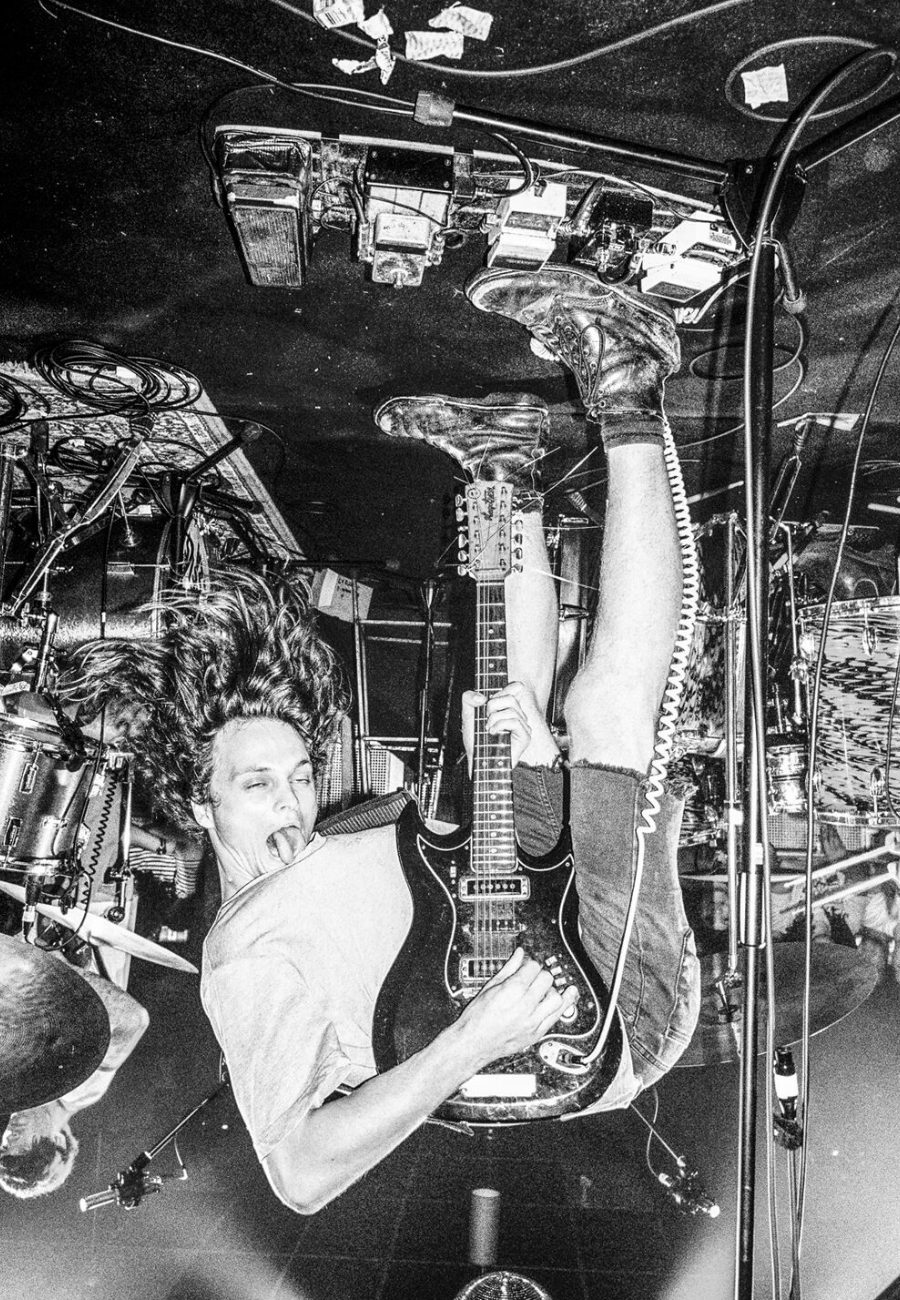
HAPPY: Do you remember who the first band you ever shot was?
WDZIEKONSKI: I was still half contributing fashion content and a bit of music/band stuff for Purple Diary in 2013. The first band I photographed… I was on mushrooms, and it would have been The Black Angels at The Palace on Bourke St. An image from that show was used as an insert for Christian Bland and The Revelators 3rd LP Unseen Green Obscene, which was also a first for me. The photo is as trippy as I was feeling that night [laughs].
HAPPY: The Black Angels are a pretty solid start man…
WDZIEKONSKI:Yeah The Black Angels and Brian Jonestown Massacre lyrics played a big role in my lifestyle change and choice to quit fashion. Really opened up a whole new world if you know what I mean…
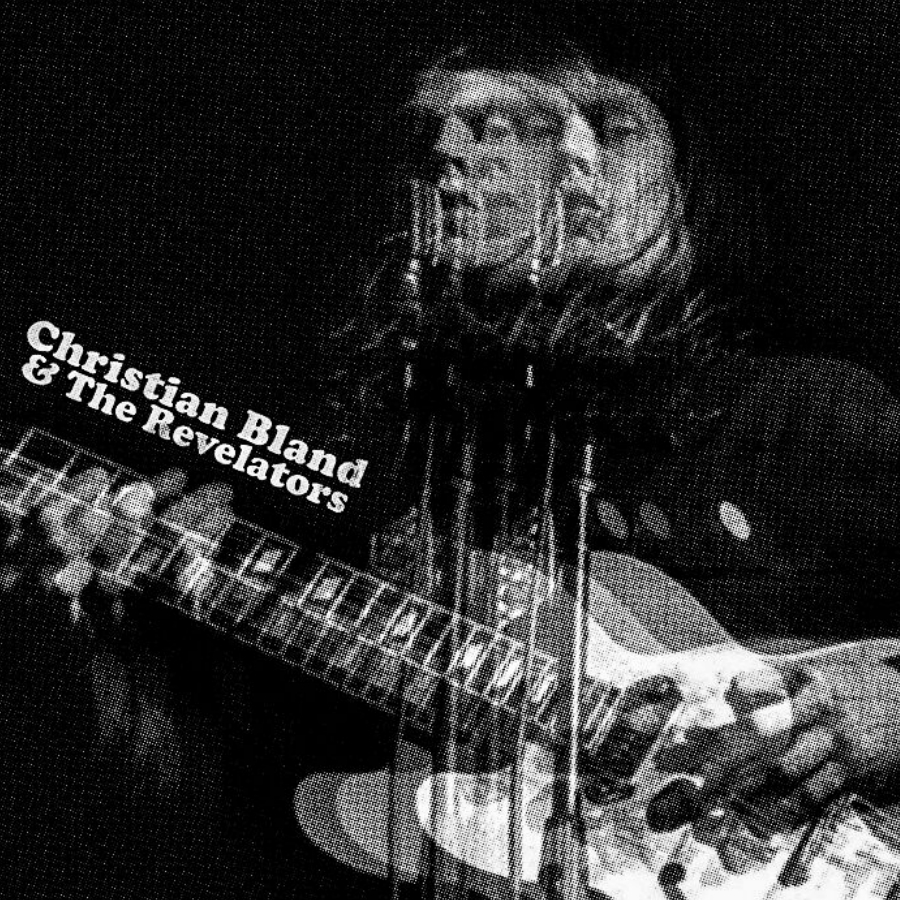
HAPPY: Yeah definitely. I first came across your work a couple of years back with some shots you took for King Gizz – you’ve since become pretty synonymous with their image – how’d you come to get involved with those guys?
WDZIEKONSKI: I knew of King Gizzard through my high school friend who listened to them, but I never gave them a listen until they put out Eyes Like The Sky. I photographed with The Murlocs first… and through Ambrose I met King Gizzard. This is all around 2013… the same year I met Kikagaku Moyo. When I cut ties with the fashion world I feel like a lot of things fell into place and naturally I met everyone I was supposed to at the same time.
HAPPY: Are there any particular bands now that you really enjoy working with?
WDZIEKONSKI: I really enjoy documenting all the bands that I do. It’s pretty intimidating being around such talented people but it also definitely pushes me to work harder so that the photos can be as good as the music. There’s a fairly new outfit in Melbourne called U-Bahn that I really dig. Also Zak Olsen’s music Traffik Island who’s putting something out very soon.

HAPPY: Yeah I’ve seen your shots of U-Bahn… they look wild – we’ll definitely have to check them out. You also shoot a lot of protests… what drew you to that? Has that political angle always existed in your work?
WDZIEKONSKI: The first rally I shot was against Tony Abbott in 2014. I had never been to a protest before that, I always wanted to stand up against injustices and inequality I just never knew how to. The next rally I photographed was against the forced closures of remote Aboriginal communities.
I went to a shitty catholic school in Dandenong and their version of Australia’s history was incredibly white washed and heroic in their eyes. I had to learn everything myself and once you know about the continuous oppression and genocide of first nations peoples I couldn’t imagine myself not being a part of the destruction of white supremacy.
With my photographs of the rallies, I try and take the message beyond the street/march. I print and paste up the images around Melbourne’s CBD. The only times I’ve ever ‘boosted’ or paid for a post on my Facebook page have been to share protest images – even though Facebook makes it real hard to boost a post when you have words surrounding a certain ethnicity, sexuality etcetera. I remember singer/songwriter/activist Les Thomas was talking about how it’s all well and good to come show up at a protest but it lasts however many hours and then everyone goes home and we all go about the everyday…
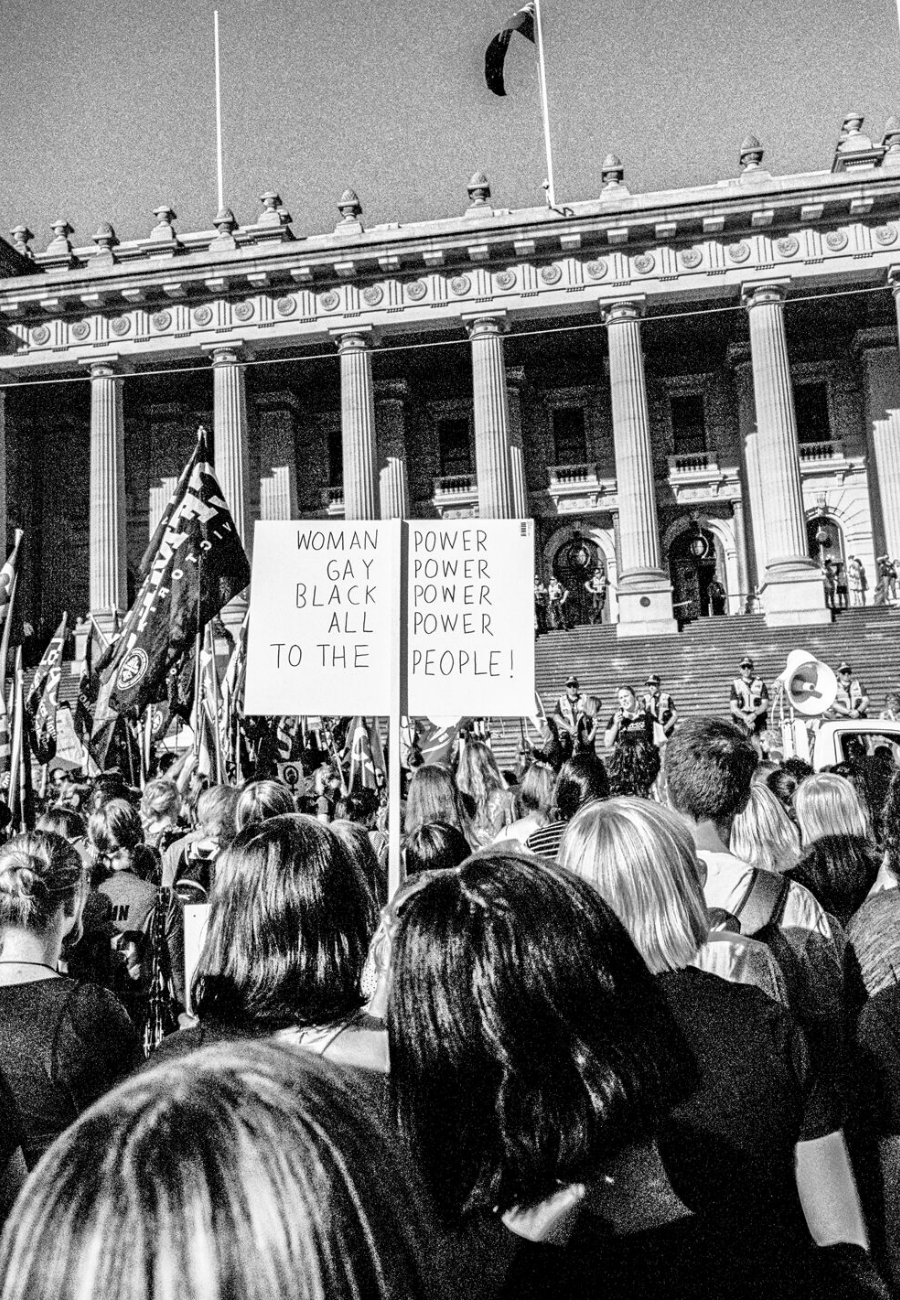
HAPPY: I guess that ties it all back to the importance of photography: it captures the moment and makes us remember…
WDZIEKONSKI: Yeah totally and through photography (and sometimes the paste-ups that I do) I want to prolong/preserve the message of the rally. Get it out there, open up discussions. We can only ever truly be liberated once everyone is equal. That’s the only way we can ever move forward right?
This article appears in print in Happy Mag Issue 10. Grab your copy here.
